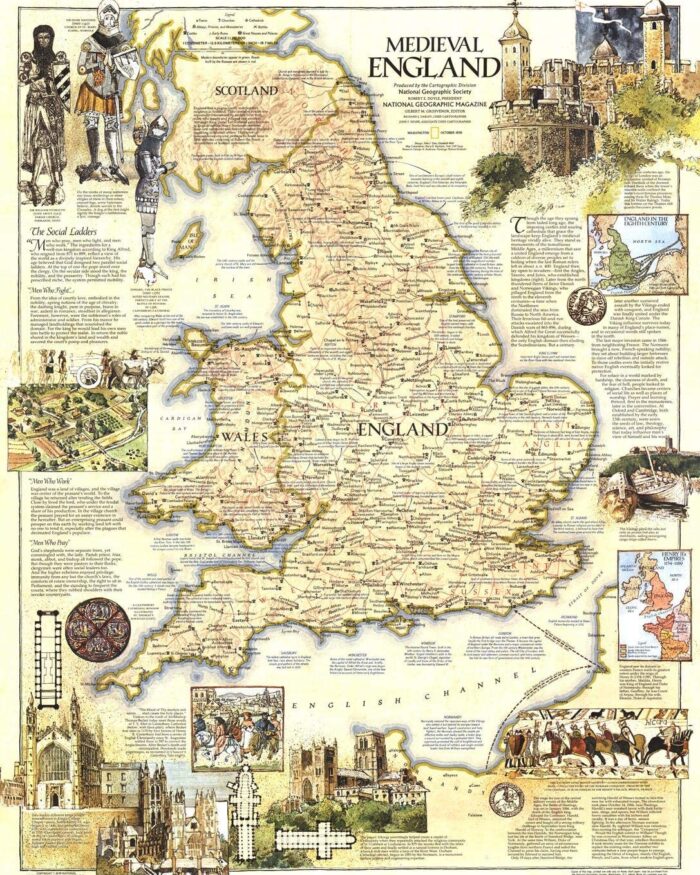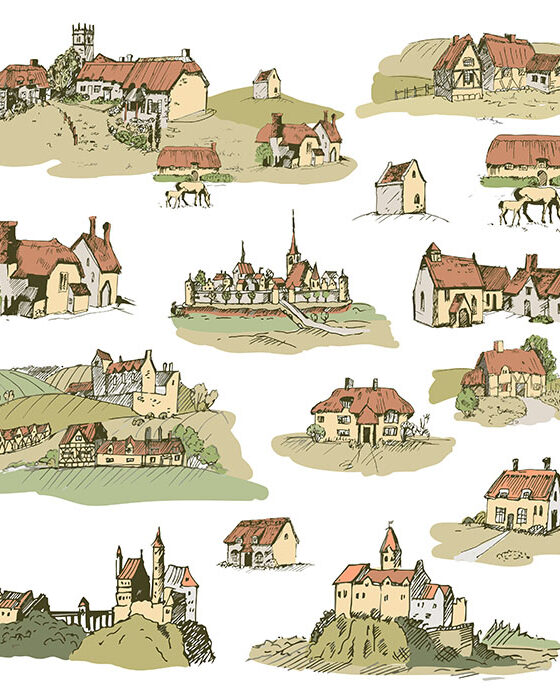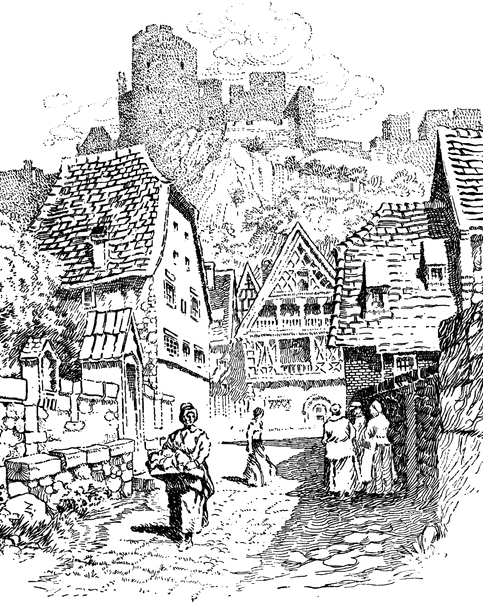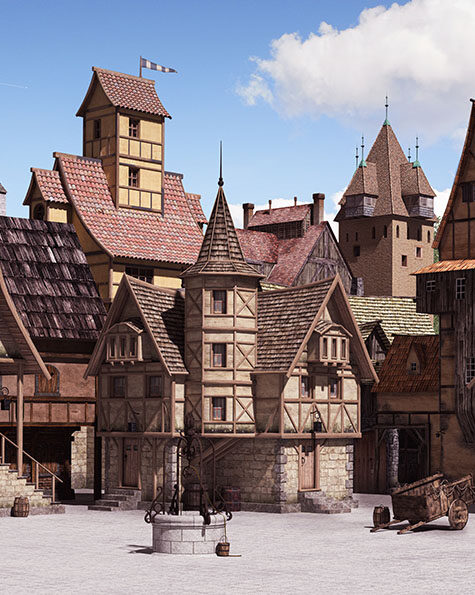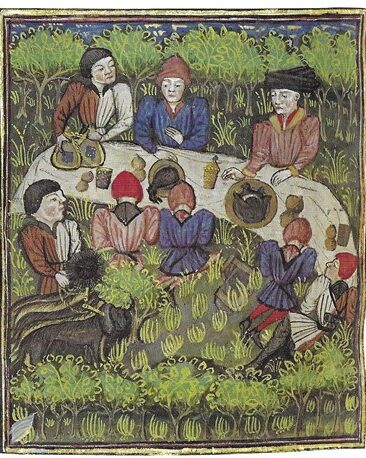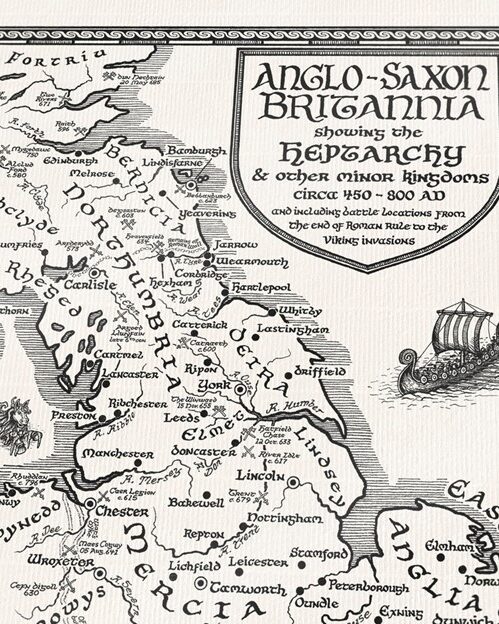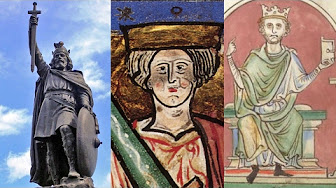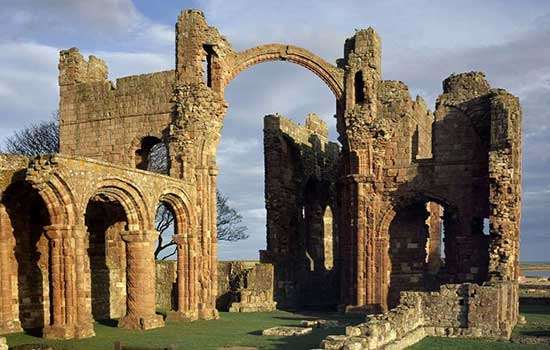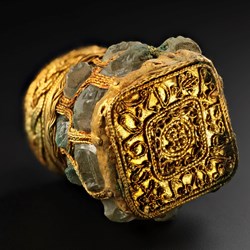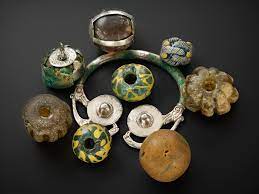Edmund I Reclaims Lands Lost
Edmund I, birth 922 AD /crowned, 939 at age 18 /death 946 at age 25/spouses, Ælfgifu of Shaftesbury (also known as Aelfgifu, Aelgifu, Aelgytha, Algyva or Elfgiva) and Ethelfleda)
House: Wessex/Father, Edward the Elder/Mother, Eadgifu of Kent
Children: Sons, Eadwig and Edgar (by Elgiva)
Reign: 939-946
Æthelstan died childless on 27 October 939 and his half-brother Edmund’s succession to the throne was undisputed. The crown was passed to Edmund when he was eighteen years old. His mother Ælfgifu returned to court bringing with her a scholar and politician named Dunstan (or St Dunstan as he later became) who she assigned as one of the young king’s principal advisors.
Edmund was a young child when his half-brother Æthelstan became king in 924. He grew up at Æthelstan’s court, probably with two important Continental exiles, his nephew Louis, future King of the West Franks, and Alain, future Duke of Brittany. According to William of Malmesbury, Æthelstan showed great affection towards Edmund and gave him a share in his kingdom. Edmund fought heroically at the Battle of Brunanburh in 937 beside Æthelstan and is lauded in a poem commemorating the victory in the Anglo-Saxon Chronicle.
Shortly after King Edmund was crowned, a Viking army from Dublin swiftly took over Northumbria. The Vikings then gained the submission of the Five Boroughs, the extensive area of East Mercia taken from the Danes by Edward the Elder. Historians tell us that it was clear at this point that the Northumbrians were determined not to be ruled by the kings of Wessex. King Edmund agreed to a peace treaty that essentially erased the conquests of Æthelstan. In 944, he redeemed himself as a leader when he successfully invaded Northumbria, reclaimed the territories of Mercia and the Five Boroughs, signed a peace treaty with Malcolm I of Scotland, and liberated relics of several northern saints.
King Edmund was a man of many names. The name Eadmund in Saxon meant “protector of riches” giving an indication of Edmund’s presumed role as guardian of the realm. He was referred to as Edmund the Elder, after his father Edward the Elder; Edmund the Deed-Doer, in reference to his success as a political leader including his revival of English monasteries; and/or Edward the Magnificent in reference to his exploits on the battlefield. Some might say that as King, he often found himself in the thick of a battlefield covered with blood because his reign was constantly being challenged by invaders seeking conquest and revenge.
After a shaky start, Edmund’s reign achieved success in 944. He had regained the territories that he had lost and was recognized as overlord by all the native kings. At twenty-four he should have been set for an auspicious reign, but then tragedy struck. In 946 he was celebrating the feast of St Augustine at Pucklechurch, a royal estate about eight miles east of Bristol. During the feast he recognized a thief called Leofa whom he had exiled six years earlier. Edmund asked his steward to arrest the man, but a fight followed in which Edmund intervened and was stabbed. He soon died of his wounds and his body was carried to Glastonbury Abbey, one of the richest monasteries in England. Dunstan conducted the funeral. Edmund had two infant sons, Edwy and Edgar, both of whom would become kings, but he was succeeded by his brother Eadred.

The murder of Edmund at Pucklechurch

